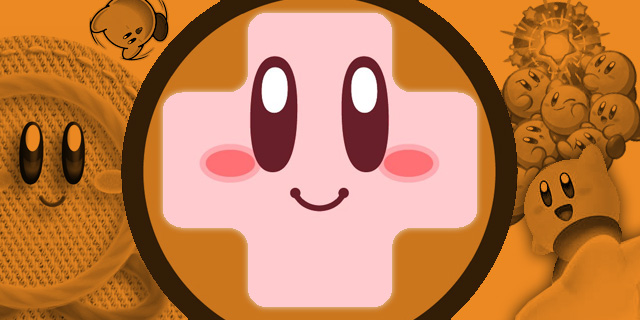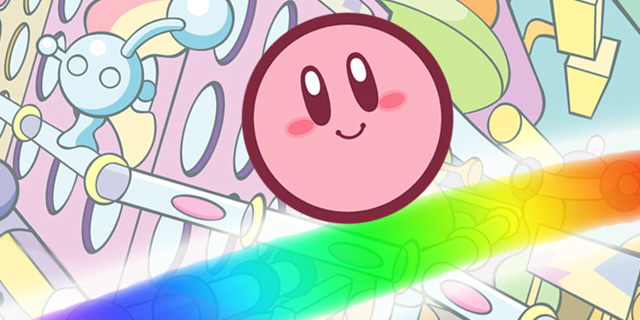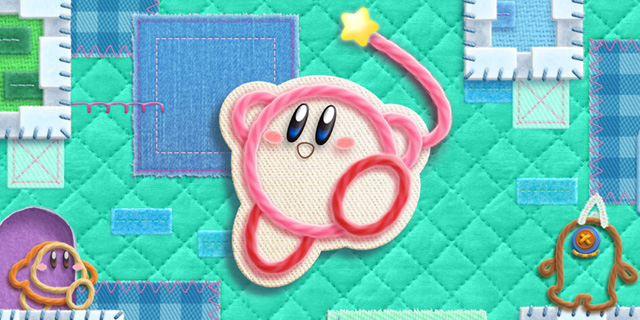Nintendo’s extensive history and seemingly never-ending list of franchises has always been impressive, yet the company is often accused of playing it safe. While I don’t always agree with these allegations, sometimes the Big N seems to prefer the relative safety of familiarity over the risky unknown of something new. However, it occasionally tinkers with an established formula, creating something entirely unlike what you expect from a familiar series.
None of Nintendo’s signature franchises fit that notion more than Kirby. The series definitely has an established set of mechanics and ideas you associate with the character, but every now and again we see something new. Sometimes we get a mix of the signature Kirby charm and mechanical differences or new ideas that feel like they belong in another game altogether.
What is it about the Kirby series that feels so ripe with innovative ideas or, at the very least, unique takes on an established formula? While Mario has seen a variety of different spinoffs (many of which became established, successful franchises), most of Kirby’s less formulaic titles are one-offs. From Pinball Land to Dream Course, many of these ideas never resurface again, and if they do, it’s with an entirely different series.
Recent releases, such as Kirby Mass Attack, focus so little on the established formula that you begin to wonder if they even started out as Kirby titles (some of them didn’t). They feature the same types of enemies and other references to previous titles you come to expect, but are still different enough to seem unique. Yet, despite those differences, they are still identifiably Kirby in nature. Whether it’s the colorful aesthetic design or the music, which always strikes a balance between calming and energetic, you’ll find something to like about these offshoot titles even if you prefer the classics.
Kirby: Canvas Curse, one of the first big Nintendo DS titles, is a favorite of mine. To me, it was the first DS game that showed off both the touch screen capabilities of the system and the dual screens in a way that made perfect sense. Not only that, but it featured a level of challenge that you didn’t often see in Kirby games. That’s not to say all Kirby games are easy, but the typical challenge of the series is mild at best. And while I generally don’t mind it, Canvas Curse was different enough from the norm that the added difficulty really helped it stand out.
On the opposite end of the spectrum, we have my all-time favorite, Kirby’s Epic Yarn. It’s gorgeous, colorful and relaxing; I often find myself going back to it time and time again. It’s not difficult at all and probably more representative of the series as a result, but that may be why I love it so much. While Canvas Curse introduced a new approach to platforming, Epic Yarn is a laid-back, calming breeze of a game that focuses less on the mechanics and more on the presentation. It embodies my favorite parts of a Kirby game while still doing something different. I’ll never hold it in high regard for innovation, but few games in the series make me happier. That has to count for something.
Canvas Curse was an excellent demonstration of both the DS as a platform and the unique approach Nintendo takes with the series. Epic Yarn started out as an entirely different game, but in hindsight seems like a perfect fit for the Kirby series. Both games managed to expand on the idea that you don’t need more of the same to get people interested, and perhaps that’s what makes these titles the most memorable.
Despite how at odds Nintendo can be with that philosophy at times, I think it demonstrates it with Kirby above all else. It will never be as successful as Mario or Zelda, which perhaps gives Nintendo the opportunity to test out new ideas. Still, it’s popular enough to be considered one of Nintendo’s premiere franchises, allowing these new ideas to gravitate towards a large audience regardless.
If you pick up any Kirby game, most of them are recognizable despite how far some stray from the traditional formula. Perhaps, in the end, that’s what makes it such a memorable and likeable series. It’s not about the formula; it’s about the willingness to experiment.






















